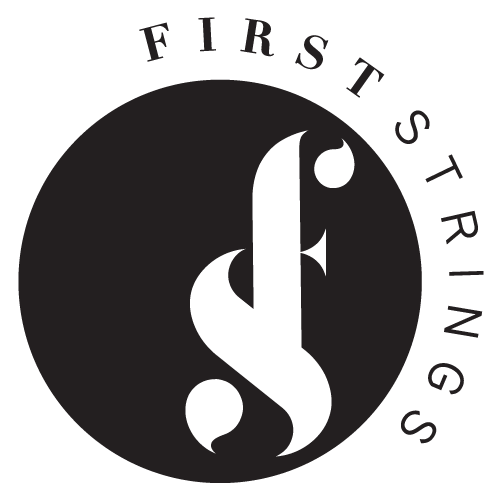The staccato bowing technique in music originated as a way for string players to achieve a short, detached, and crisp articulation of notes. It is often used to create contrast with legato (smooth and connected) passages and to add rhythmic emphasis in a musical composition.
The origin of staccato bowing can be traced back to the Baroque period (approximately 1600-1750), during which composers and musicians began to explore and notate specific articulations and bowing techniques more precisely. Prior to this period, notation was less detailed, and performers had more freedom to interpret articulations.
Baroque composers, including Johann Sebastian Bach, George Frideric Handel, and Antonio Vivaldi, often indicated staccato markings in their music scores to instruct string players to play notes with a short and detached bow stroke. These markings were typically represented by dots above or below the notes.
Staccato bowing became an essential technique in the Baroque era, particularly in music written for the violin and other string instruments. It allowed for a more precise and expressive performance, and composers increasingly used staccato to create rhythmic patterns, articulations, and dynamic contrasts in their compositions.
Over time, the use of staccato bowing continued to evolve, with composers from various musical periods incorporating it into their works. In the Classical and Romantic eras, composers such as Wolfgang Amadeus Mozart, Ludwig van Beethoven, and Pyotr Ilyich Tchaikovsky used staccato markings extensively to achieve specific musical effects.
Today, staccato bowing remains a fundamental technique for string players, and it is widely used in various musical genres, including classical, jazz, and contemporary styles. It is taught as part of standard string instrument pedagogy, and musicians continue to explore its expressive possibilities in their performances.


Leave a comment
All comments are moderated before being published.
This site is protected by reCAPTCHA and the Google Privacy Policy and Terms of Service apply.